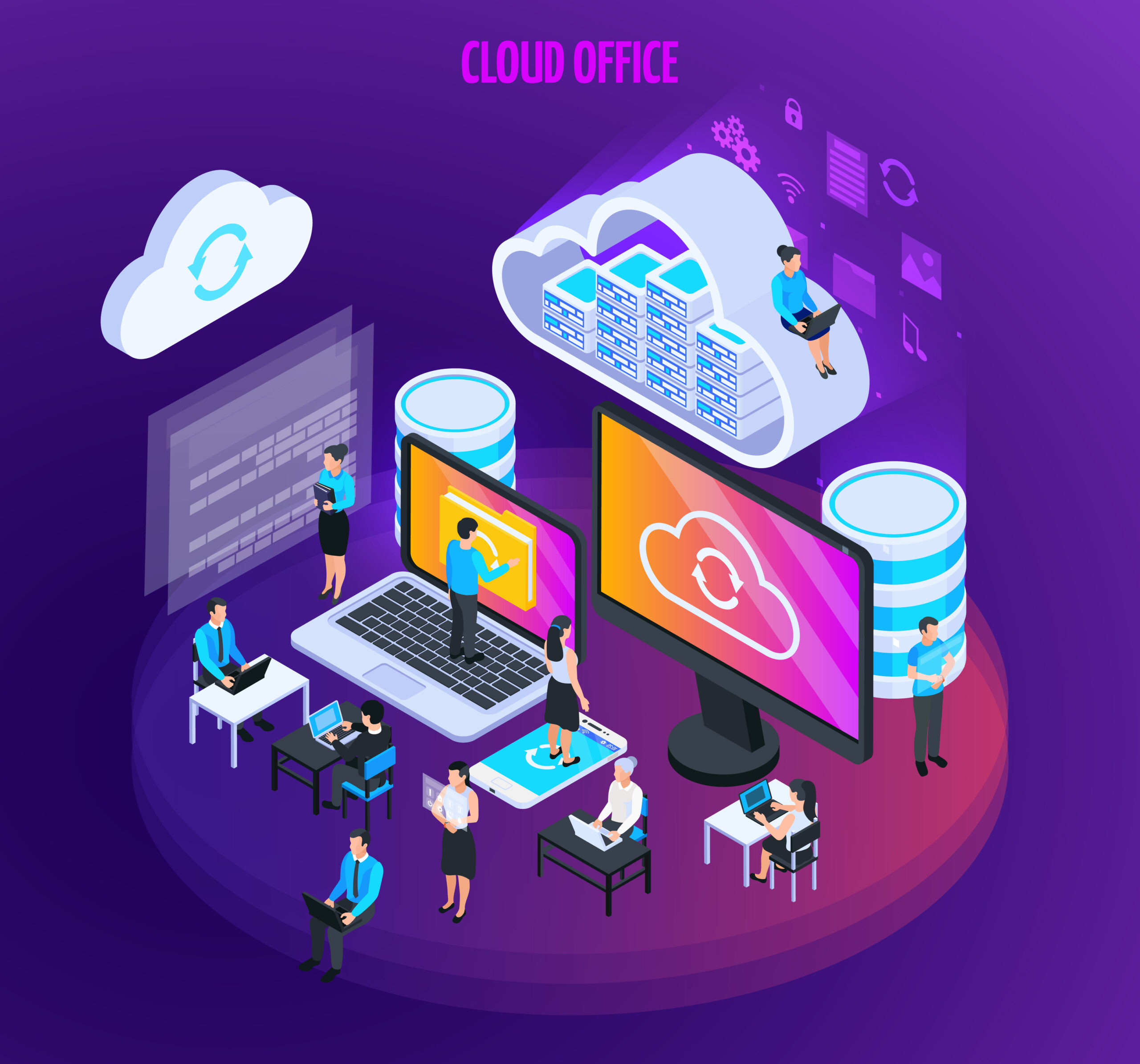What is
Cloud Computing?
Cloud computing is the delivery of IT resources on-demand via the Internet with pay-as-you-go pricing. Instead of purchasing, owning, and maintaining physical data centers and servers, you can use a cloud provider like Amazon Web Services to access technology services such as computing power, storage, and databases on an as-needed basis (AWS).
Speed to Market
Users can quickly bring their applications to market by developing in the cloud.
Data Security
Because of networked backups, hardware failures do not result in data loss.

Why
Cloud ComputingisNeeded
Despite the data pointing to the business efficiencies, cost-benefits, and competitive advantages that cloud computing holds, a large portion of the business community continues to operate without it.
Cost Savings
Security
Flexibility
Mobility
Our Products
We have everything you need.
We're providing the software tools which are based upon cloud computing technique which will help you a lot in different aspects of need & growth of a corporate

IaaS
Iaas is also known as Hardware as a Service (HaaS). It allows customers to outsource their IT infrastructures such as servers, networking, processing, storage, virtual machines, and other resources

PaaS
Platform as a Service (PaaS) provides a runtime environment. It allows programmers to easily create, test, run, and deploy web applications.

SaaS
SaaS is also known as "On-Demand Software". It is a software distribution model in which services are hosted by a cloud service provider.

MBaaS
Mobile backend as a service (MBaaS) is an online service designed to be an all-in-one solution for backend app development. This typically includes data and database management, API management, security, and push notifications.

FaaS
FaaS (Function-as-a-Service) is a type of cloud-computing service that allows you to execute code in response to events without the complex infrastructure typically associated with building and launching microservices applications.
Global Future in
Cloud Computing.
Cloud computing has revolutionized the way organizations store, process, and analyze data. Here are some trends that are shaping the future of cloud computing globally:
Increased adoption: Cloud adoption is expected to continue to grow in the coming years, as more organizations move their workloads to the cloud. This is driven by the need for greater scalability, flexibility, and cost efficiency.
Hybrid and multi-cloud: Many organizations are adopting hybrid and multi-cloud strategies, which involve using a combination of public and private clouds, as well as multiple cloud providers. This allows organizations to take advantage of the strengths of different cloud environments, while also mitigating the risks of vendor lock-in and single-point-of-failure.
Serverless computing: Serverless computing is a growing trend that allows organizations to run applications and services without having to manage infrastructure. This can help to reduce costs and improve scalability, as well as simplify application development and deployment.

Edge computing: Edge computing involves processing data closer to the source, rather than sending it all to a central cloud location. This can help to reduce latency and improve performance for applications that require real-time data processing.
Artificial intelligence and machine learning: Cloud providers are investing heavily in artificial intelligence and machine learning capabilities, which can be used to automate processes, extract insights from data, and improve decision-making.
Overall, the future of cloud computing looks bright, with increasing adoption, more advanced capabilities, and a growing focus on hybrid and multi-cloud strategies, as well as edge computing, server less computing, and artificial intelligence and machine learning.

